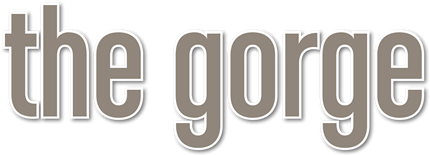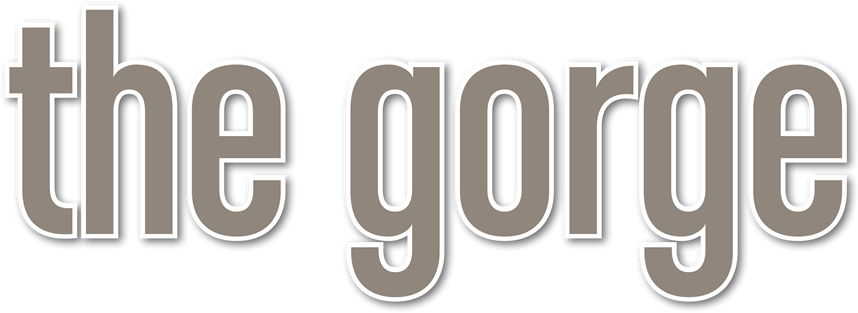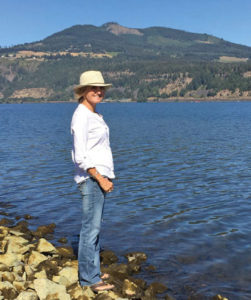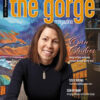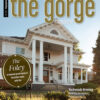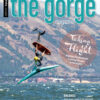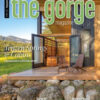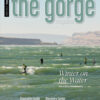I love living in sight of the Columbia River. It’s one of the first things I look at every morning, and one of the last things I see at dusk. I love it in all its moods, in all weather, in all light. I love the paradox of the river: the impermanence of the water flowing steadily past, an ephemeral part of a river bed that has been here for millions of years, channeling through this Gorge in some form. It makes me feel both alive in the moment and strangely comforted knowing it will be here long after I’m not.
My love for the river has often made me wonder about its origins. Where does this water flowing past come from? Hood River landscape photographer Peter Marbach pondered the same thing years ago as he sat along the shore of the Columbia River near Viento. Rather than simply contemplating it, he headed to Canada and set out to find out for himself. He eventually discovered the Columbia’s headwaters bubbling up from a spring in remote British Columbia, an almost primordial landscape that he began documenting with his camera. Since then, he’s returned many times, in all seasons, to photograph the river’s headwaters and the first few hundred miles of wild and free river, and the stunning scenery surrounding it. Marbach is compiling his years of documenting the Columbia River’s origins into an exhibit at the Hood River County Library in November. A photo essay by Marbach on the Columbia’s headwaters begins on page 60.
Speaking of living in sight of the Columbia River, Tao Berman does all that and more, as you can see from our cover photo. Berman, a retired professional kayaker, will open his White Salmon home to the public in September as part of a tour of homes he’s put together to benefit kids in need in the community (page 20).
Writer Don Campbell sought out Doug Rigdon and Nick Allen, who run Wild Columbia Salmon, for yet another river-themed story (page 54). Rigdon and Allen work with more than two dozen Native American fishers who ply the Klickitat River and other fertile fishing grounds to catch salmon that is sold at the company’s fish stand in Hood River, and to local restaurants. The business provides premium fresh salmon to the community and also helps keep Native fishing traditions alive.
Other stories in this issue include a feature on the Kelly family of The Dalles, which has been wheat ranching in Wasco County since the late 1800s (page 44); a profile of Mosko Moto, a White Salmon company that has made its mark on the dual-sport adventure biking industry (page 14); and a story about Maryhill Winery, which is now the ninth largest winery in the state of Washington (page 34). Plus, there’s a lot more in here. Enjoy it all, and welcome to autumn in the Gorge.
—Janet Cook, Editor
